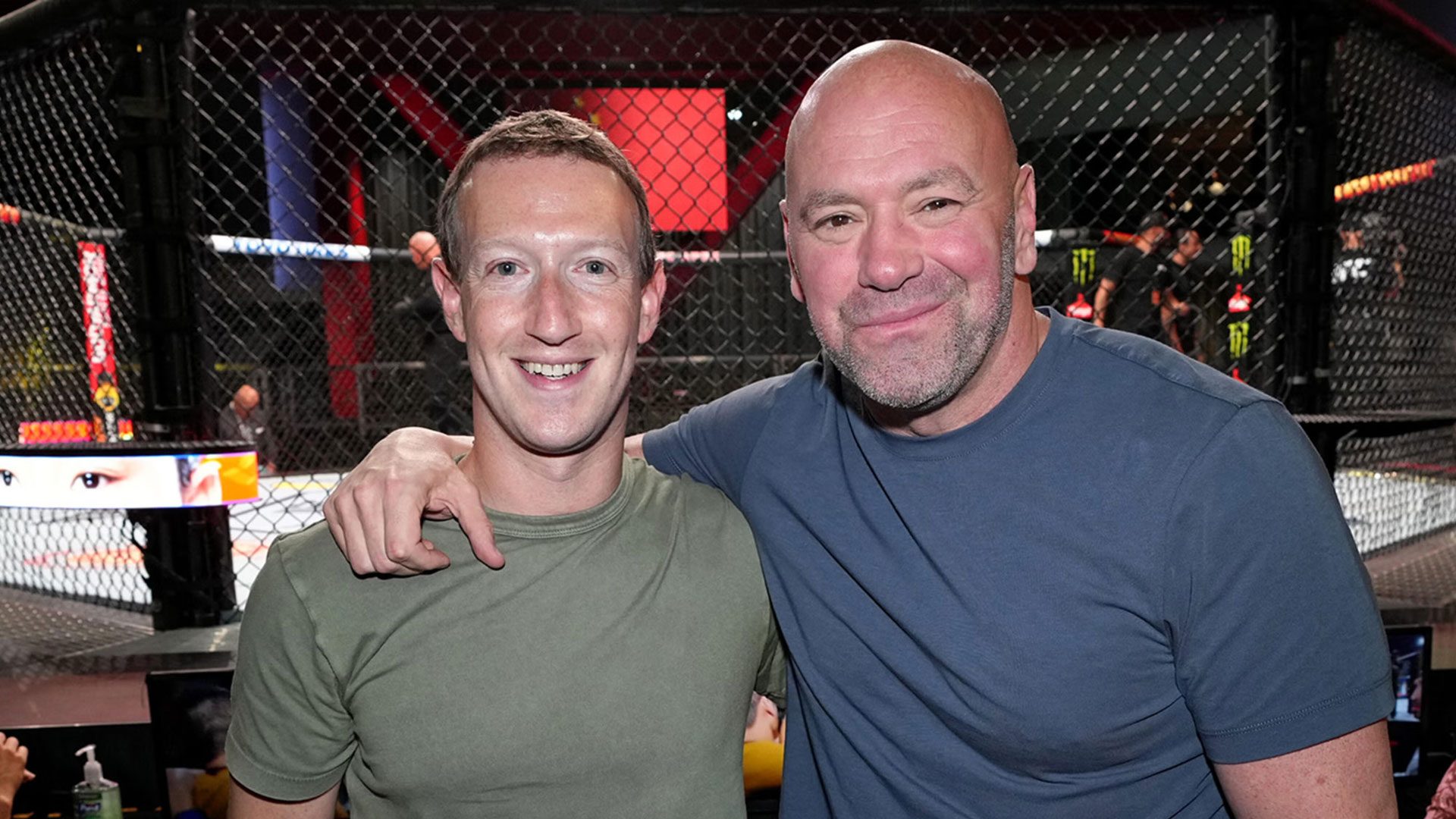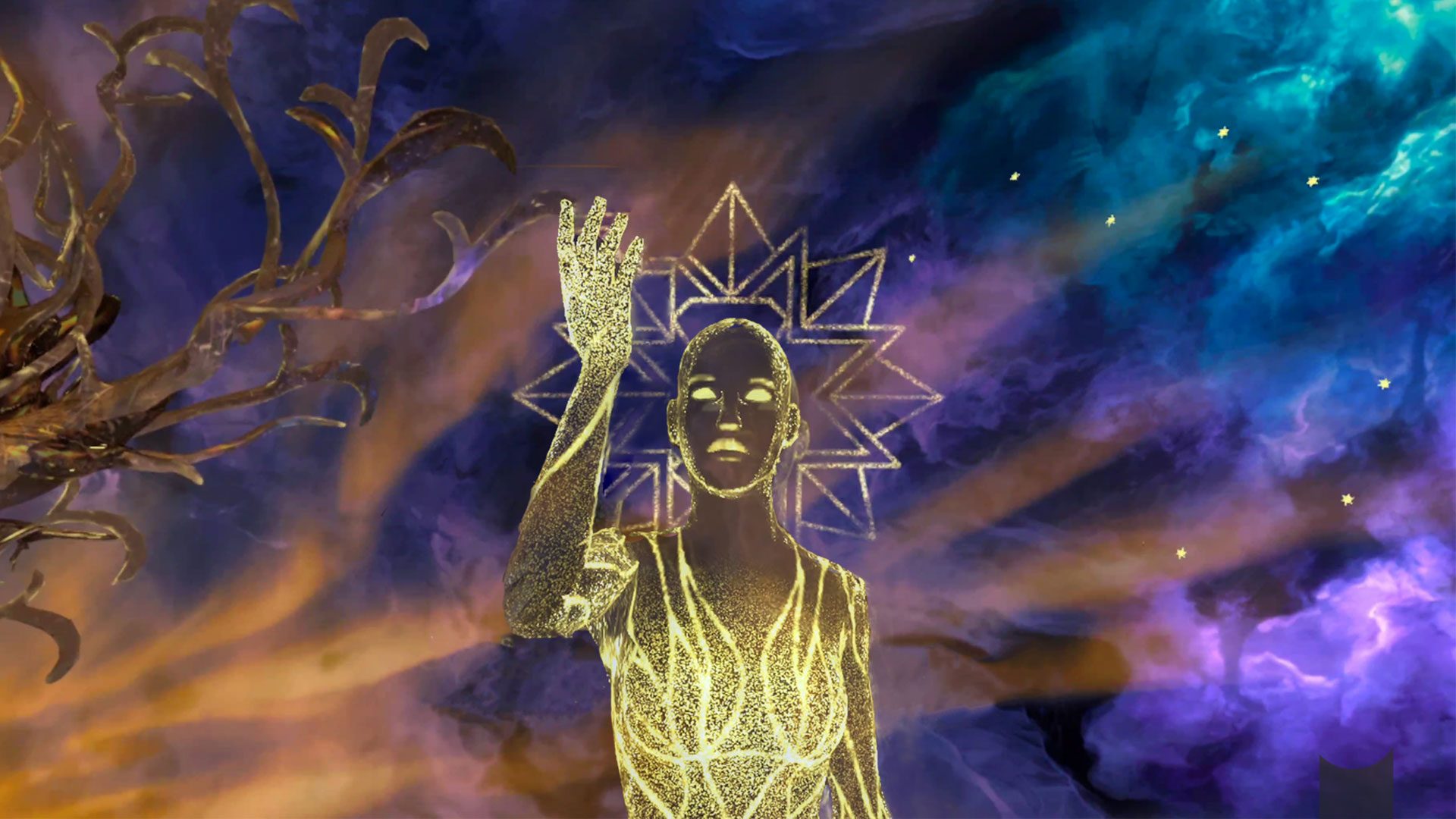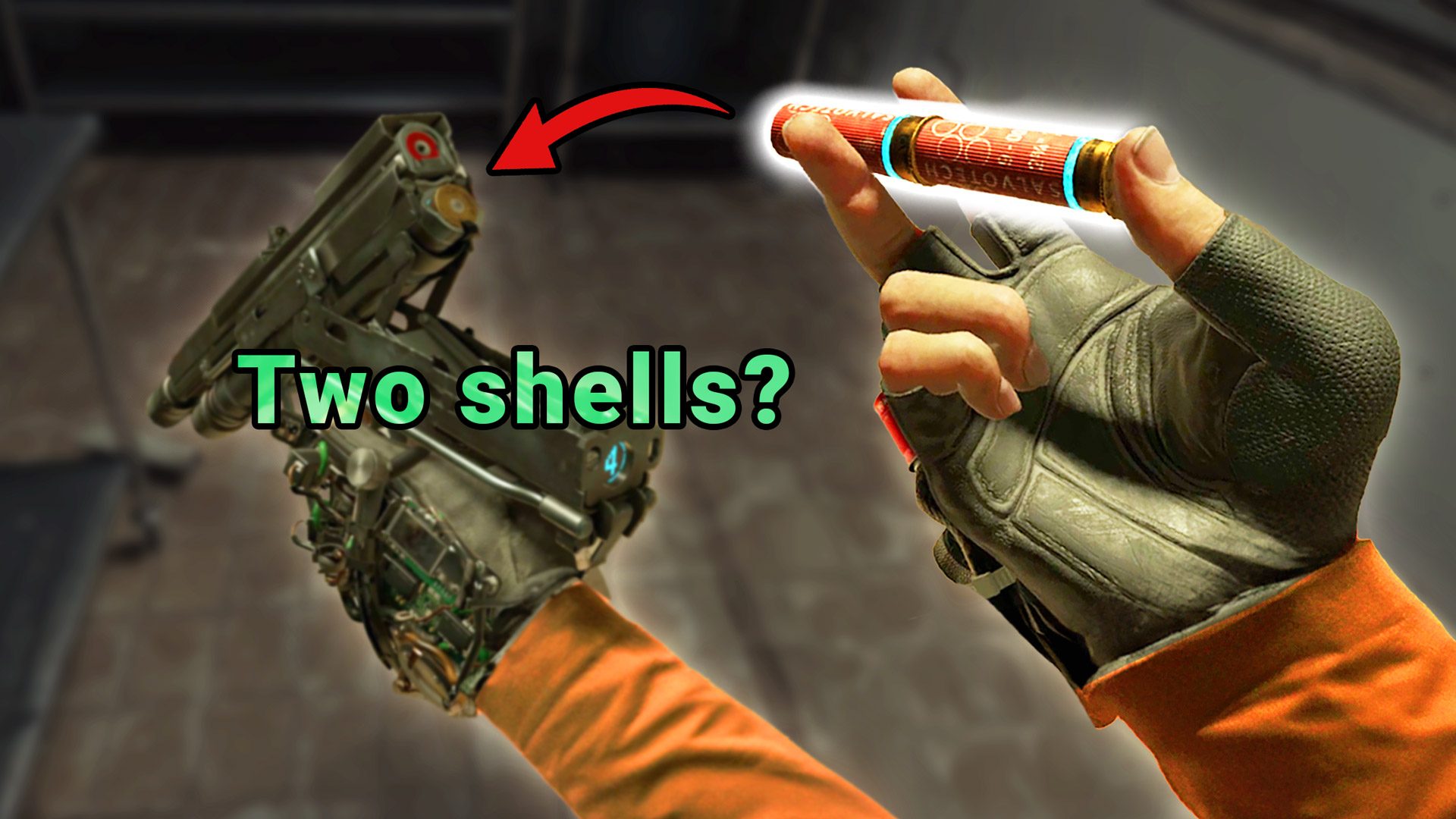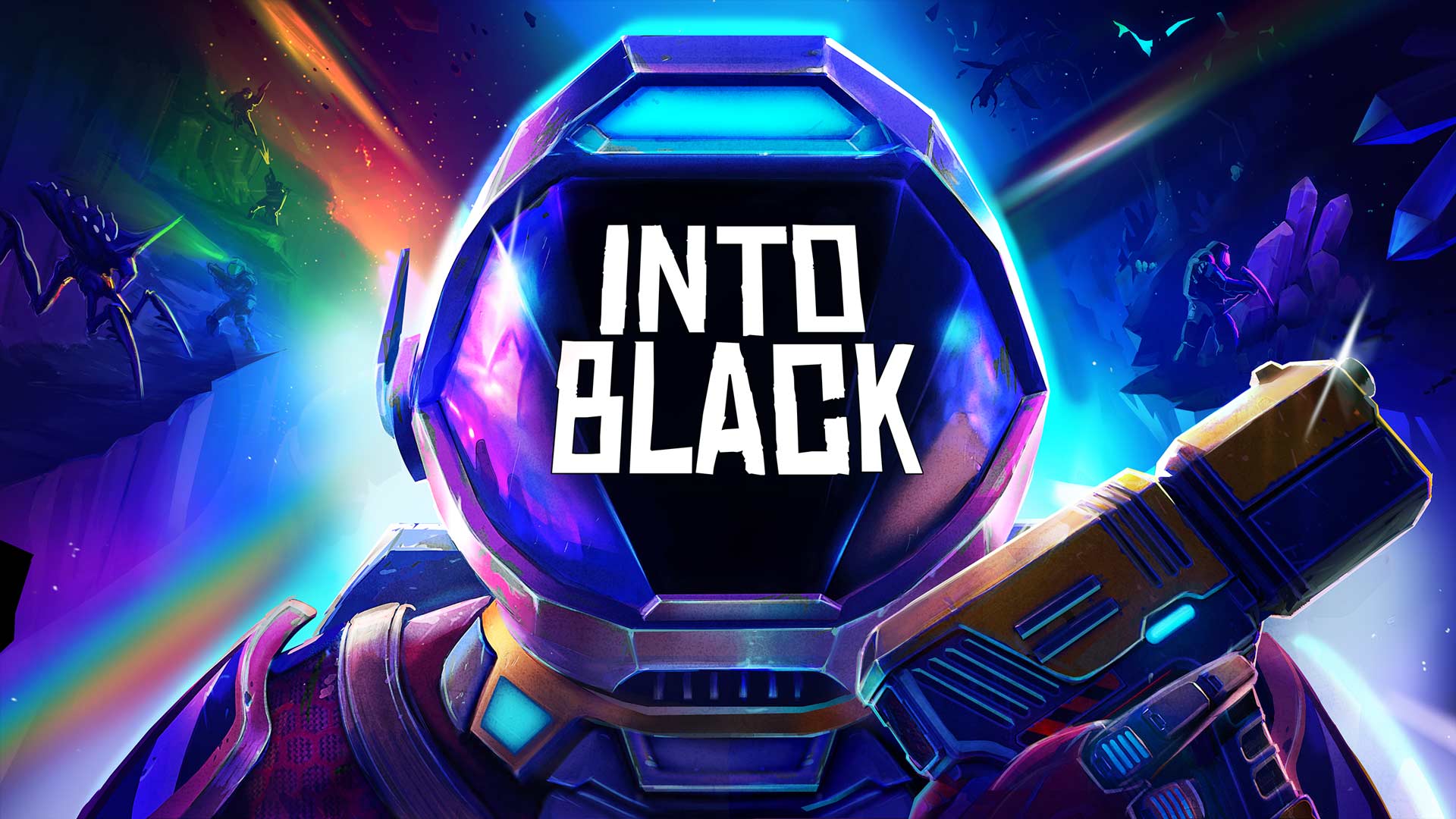MLB The Show has now spent four years on the Switch, and it’s a feat in itself to witness such a comprehensive sports game run on Nintendo’s aging hybrid system. While this perseverance is impressive, it’s becoming more challenging to wholeheartedly suggest it unless it’s your only option for a digital baseball fix. Each component of the game is outstanding, and after covering MLB The Show for Nintendo World Report over the years, I can confidently say that this is the most refined version of all game modes at the same time. It’s exciting to see a developer constantly refine and innovate modes so successfully. Yet, I can’t help but think how much better it could be without the constraints of older technology.
One standout feature this time is the revamped online-only Diamond Dynasty. If you haven’t dived into it yet, this mode is all about collecting virtual cards to create your own team and competing across various single-player and multiplayer settings. In previous years, Diamond Dynasty was bogged down by different sets and seasons resetting throughout the year, essentially devaluing your collections. In 2025, those issues have been addressed but not entirely solved, as the progression feels slower. However, the change is generally positive.
Diamond Dynasty also debuts an intriguing roguelike board game approach called Diamond Quest. You roll a die and uncover different challenges across a grid. It’s a creative concept that includes quick tasks like striking out two batters in an inning or longer undertakings like scoring a set number of runs over 12 outs. On paper, it stands out in MLB The Show 25. However, on the Switch, everything drags. Load times are arduous, turning the enjoyable mode into a bit of a grind, a stark contrast to its design. The load times challenge the fluidity of the entire Diamond Dynasty experience, making it chug along.
Road to the Show, where you create a player and guide them through their career, saw a significant overhaul last year, which was largely positive. This year, it improved further by refining some clunky story elements and introducing high school and college starting points. While I previously noted it wasn’t entirely ready for prime time on the Switch, this year’s iteration shows marked progress, though the console’s limitations still peek through.
Franchise mode was somewhat overlooked by me in the past, though it’s historically one of my favorites in sports games. While it hasn’t changed much in recent years, the freshest version is significantly reworked. Acting as a general manager is now far more nuanced, with detailed free agency dealings, drafts, and arbitration processes. For those who revel in managing finances and stats, this mode is both engrossing and intricate. But, the tutorials could use some improving as it took a bit to grasp everything, even for someone who keeps close tabs on baseball’s offseason happenings. Once you master the basics, it’s a blast strategizing as the general manager and leveraging every tool to strengthen your team.
The Storylines museum modes, introduced a few years ago, have been a highlight, but this year, they seem to be losing some shine. Nevertheless, exploring the history of Negro League legends like Cool Papa Bell and Turkey Stearnes is still remarkable. Sony hints at more Storylines in future free updates, which is promising. However, the absence of something unique like last year’s Derek Jeter Storyline is a letdown. Even with some recycled content, the Negro Leagues material remains top-notch.
If you’re set on playing an official baseball game and the Switch is your only console, MLB The Show 25 will suffice. It faithfully presents the exceptional gameplay design and mode diversity that the series is renowned for, but every facet feels somewhat constrained on the Switch. Let’s look forward to seeing how MLB The Show 26 fares on a potential new iteration of Nintendo’s console.














































